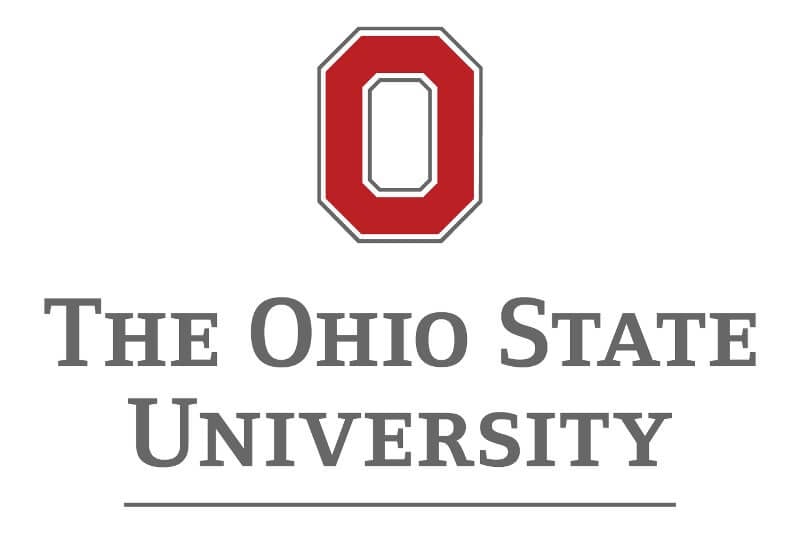The National Academy of Inventors (NAI) has elected two professors in when it launched in 2022. His research focuses on developing translational approaches to drug, gene and cell replacement therapies.
“I’m proud of the advances we’ve made to treat Parkinson’s disease and a rare genetic disorder called AADC deficiency, which causes severe physical and developmental disabilities in children, but more work still needs to be done. We want to cure every child in the world with this disease,” Bankiewicz said.
In addition to his work at Ohio State, Bankiewicz is the co-founder of MedGenesis Therapeutix Inc., Voyager Therapeutics and Brain Neurotherapy Bio, Inc.
He is a professor emeritus at the University of California, San Francisco, and he served as the former chief of molecular therapeutics at the National Institutes of Health. Additionally, he is the director of the Interventional Neuro Centers at Brodno Hospital in Warsaw, Poland.
Throughout his career, Bankiewicz has authored more than 230 peer-reviewed articles appearing in prestigious journals such as PNAS, Science, Nature, Nature Medicine and Nature Communications. He has developed several gene therapy-related patents, surgical devices and more. Bankiewicz is leading two ongoing gene therapy clinical trials in Parkinson’s disease, multiple system atrophy and pediatric neurotransmitter deficiency.
He’s a member of several editorial boards and scientific organizations.
“I am so honored to join the National Academy of Inventors as a Fellow and look forward to inventing new and improved gene therapies for a wide variety of brain disorders including Huntington’s, Alzheimer’s disease and alcohol use disorders” Bankiewicz said.
Michael Tweedle
Tweedle joined Ohio State’s medical faculty in 2009 as a professor of radiology and director of the Imaging Agents Laboratory in the at Ohio State’s Comprehensive Cancer Center – James Cancer Hospital and Solove Research Institute (OSUCCC – James), where his research focuses on creating molecularly targeted therapies visualized in vivo (in the body) through diagnostic imaging technologies like positron emission tomography (PET) and magnetic resonance imaging (MRI).
“I have always believed that if cancer can be imaged early enough, it can be cured,” Tweedle said. “That premise has underpinned all of my work to create new imaging agents.”
Tweedle holds or co-holds 39 U.S. patents. He developed ProHance, a type of MRI agent that has been used in more than 20 million patients. In addition, he invented the first catalysts for producing technetium (a chemical element) radiopharmaceutical kits for the heart, and he created some of the earliest targeted molecular-imaging agents from monoclonal antibodies.
More recently, he was the co-inventor of first-in-class targeted imaging/therapeutic peptides for prostate, breast, and head and neck cancers, and a first-in-class angiogenesis (blood vessel formation) receptor-targeted agent. Most of his projects seek targeted imaging agents that are biochemically associated with treatment, so that patients’ therapy can be personalized to their biologically unique cancer.
Tweedle has co-authored more than 100 articles appearing in well-respected publications, including Journal of Nuclear Medicine, Molecular Imaging and Biology and The Journal of Clinical Endocrinology & Metabolism. He has also shared his research in hundreds of presentations at international events.
“I love research, but inventing, creating and driving new ideas to real-world practice is my passion,” Tweedle said. “So I am deeply moved by the election to Fellow in the NAI.”


